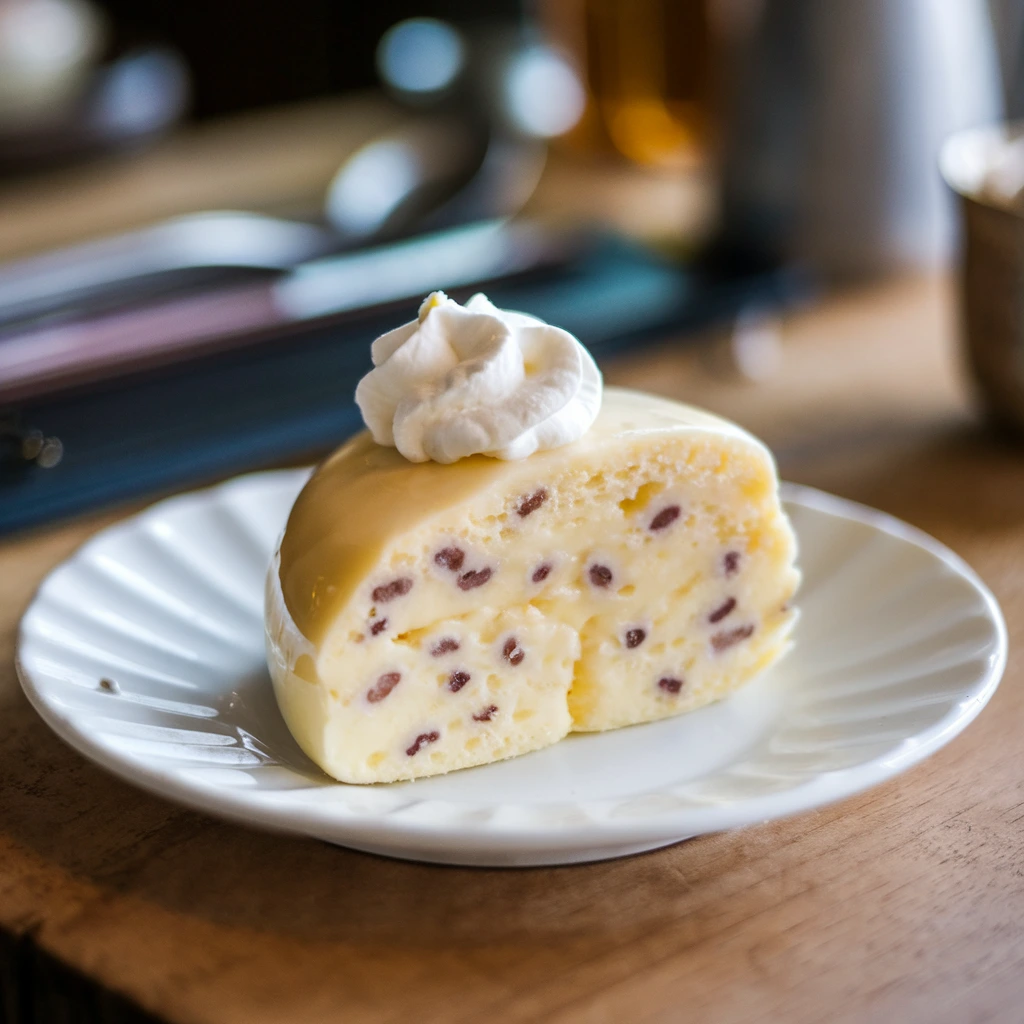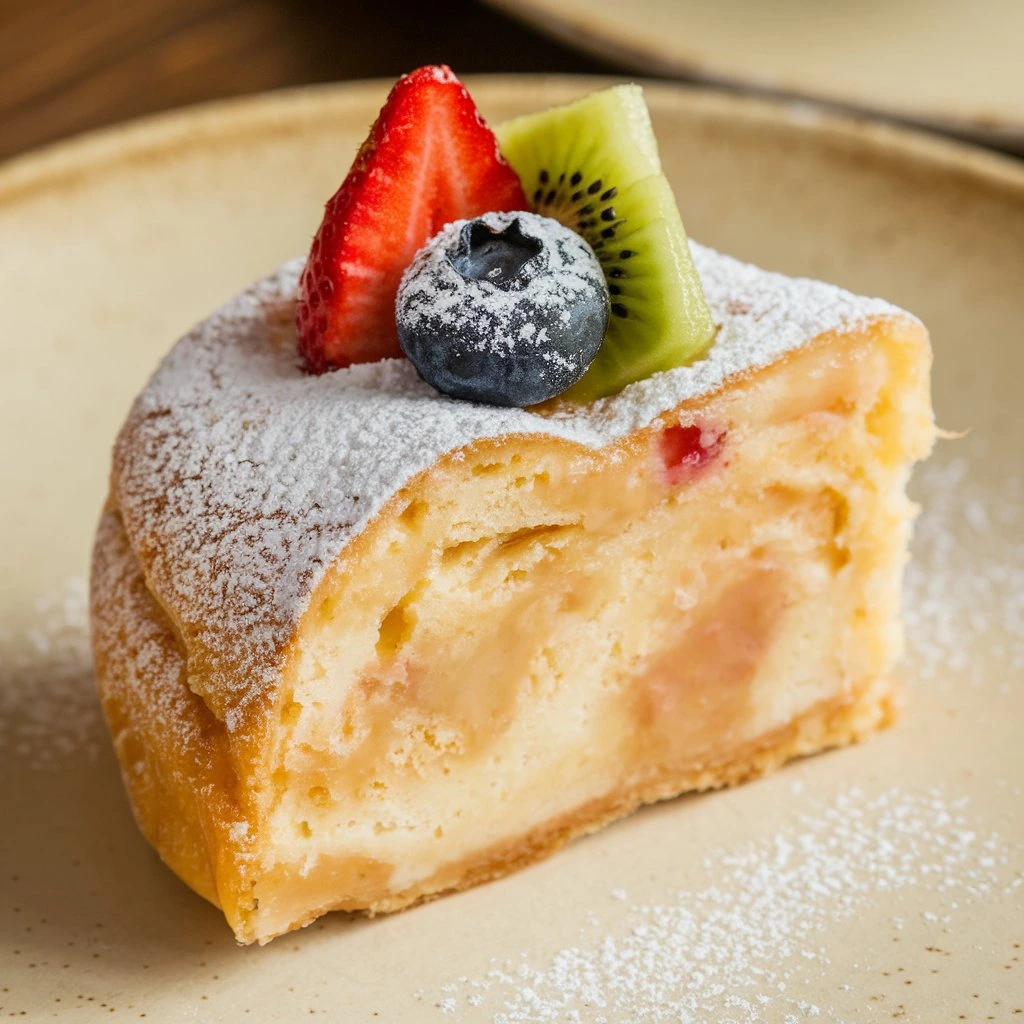Mochi, the iconic Japanese rice cake, has become a beloved treat across cultures for its chewy texture and endless versatility. Made from glutinous rice or mochigome, it is steeped in tradition yet continues to inspire modern culinary creativity. This article explores the history, cultural significance, and innovative ways to enjoy mochi at home or in global cuisine.

Learn how to complement mochi with sophisticated snacks like Earl Grey cookies for a delightful tea-time pairing. Such combinations highlight mochi’s adaptability to both traditional and fusion settings.
A Brief History of Mochi
Japanese Rice Cakes has a long and storied history in Japan, dating back over a thousand years. Initially, it was offered to deities during religious ceremonies and considered a food for aristocrats and samurai. Over time, it became a staple in celebrations, symbolizing prosperity and longevity.
Key Moments in Mochi’s History
- During Japan’s Heian Period, Japanese Rice Cakes was used in ceremonies to ensure a bountiful harvest.
- The tradition of mochitsuki (mochi pounding) remains a cultural highlight during New Year celebrations.
- Modern adaptations of mochi include innovations like mochi ice cream, which combines chewy rice cakes with creamy centers.

The Art of Making Mochi
The traditional process of making mochi—mochitsuki—involves steaming glutinous rice and pounding it until it reaches a sticky, elastic consistency. Modern tools, such as rice cookers and mixers, have simplified this process for home cooks.
Essential Ingredients
- Mochigome (short-grain glutinous rice)
- Water
- Sugar
- Starch (optional for dusting)
For those exploring ways to modernize traditional treats, consider incorporating flavors like pumpkin or banana. This pumpkin banana loaf recipe provides inspiration for how unique ingredients can complement mochi’s flavor profile.
Types of Japanese Rice Cakes
The Japanese Rice Cakes comes in a variety of forms, each suited to different occasions:
- Daifuku: Sweet mochi filled with red bean paste or other fillings like fruit.
- Sakura Mochi: Wrapped in salted cherry leaves and enjoyed during the cherry blossom season.
- Butter Mochi: A Hawaiian adaptation blending the buttery richness of cakes with chewy mochi.
- Isobeyaki: Grilled Japanese Rice Cakes brushed with soy sauce and wrapped in seaweed.
These types highlight mochi’s adaptability to both sweet and savory preparations.
Mochi in Japanese Culture
Symbolism of Japanese Rice Cakes
Japanese Rice Cakes plays a central role in Japanese festivals and rituals, symbolizing unity and prosperity. Kagami mochi, a traditional New Year’s decoration, represents the hope for a bright year ahead.
Creative Ways to Enjoy Mochi
Modern chefs and home cooks have pushed the boundaries of mochi recipes, creating innovative dishes that fuse global flavors:
- Mochi Ice Cream: A global favorite combining chewy rice cakes with creamy, frozen centers.
- Mochi Donuts: A trendy dessert featuring the elasticity of mochi in donut form.
- Savory Mochi: Includes grilled mochi or mochi pizza bases for unique dishes.
For snack enthusiasts, consider pairing mochi with popular recipes like Muddy Buddies for a creative fusion of textures and flavors.
Health Aspects of Mochi
Is Mochi Healthy?
Mochi is naturally low in fat and gluten-free, making it a healthy option for many. However, its sticky texture can pose choking risks, particularly for children and the elderly.
Frequently Asked Questions
What is mochi?
Mochi is a Japanese rice cake made by pounding steamed glutinous rice into a sticky dough.
Is mochi gluten-free?
Yes, mochi is naturally gluten-free, as it is made from rice.
Can I make mochi at home?
Absolutely! Modern tools and pre-made rice flours make it easy to recreate traditional mochi recipes at home.
Conclusion
Mochi is more than just a Japanese treat—it’s a versatile, symbolic, and globally celebrated food. Whether you’re savoring traditional daifuku or experimenting with fusion recipes like mochi donuts, this chewy delight continues to captivate food lovers around the world. Explore creative recipes and pairings to make mochi a part of your culinary repertoire today!
